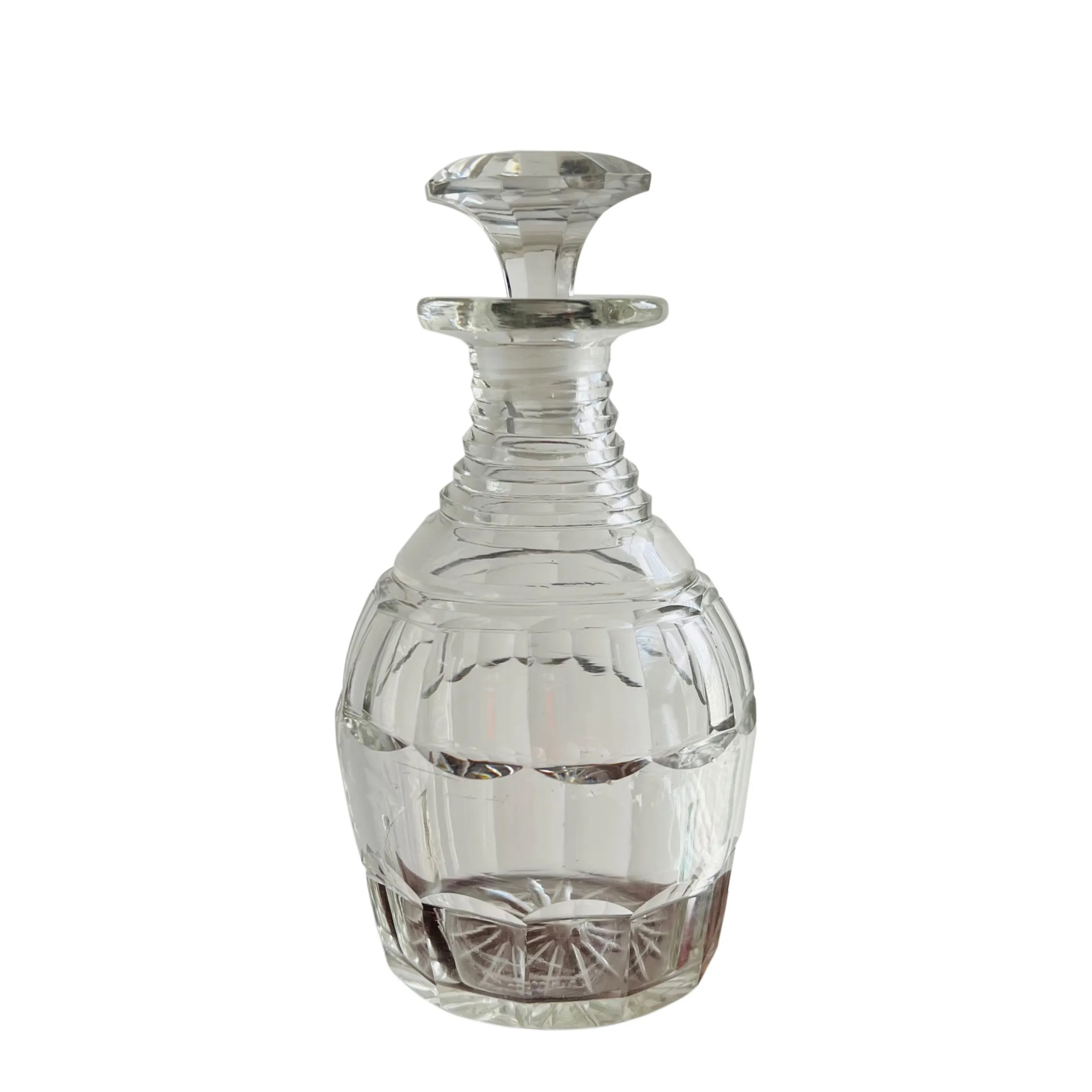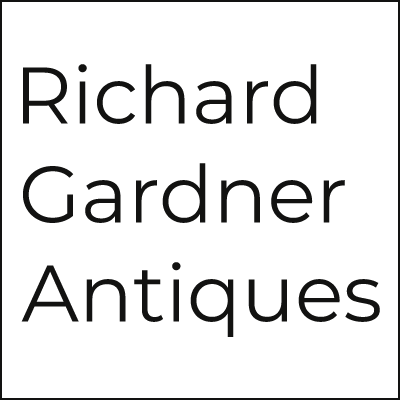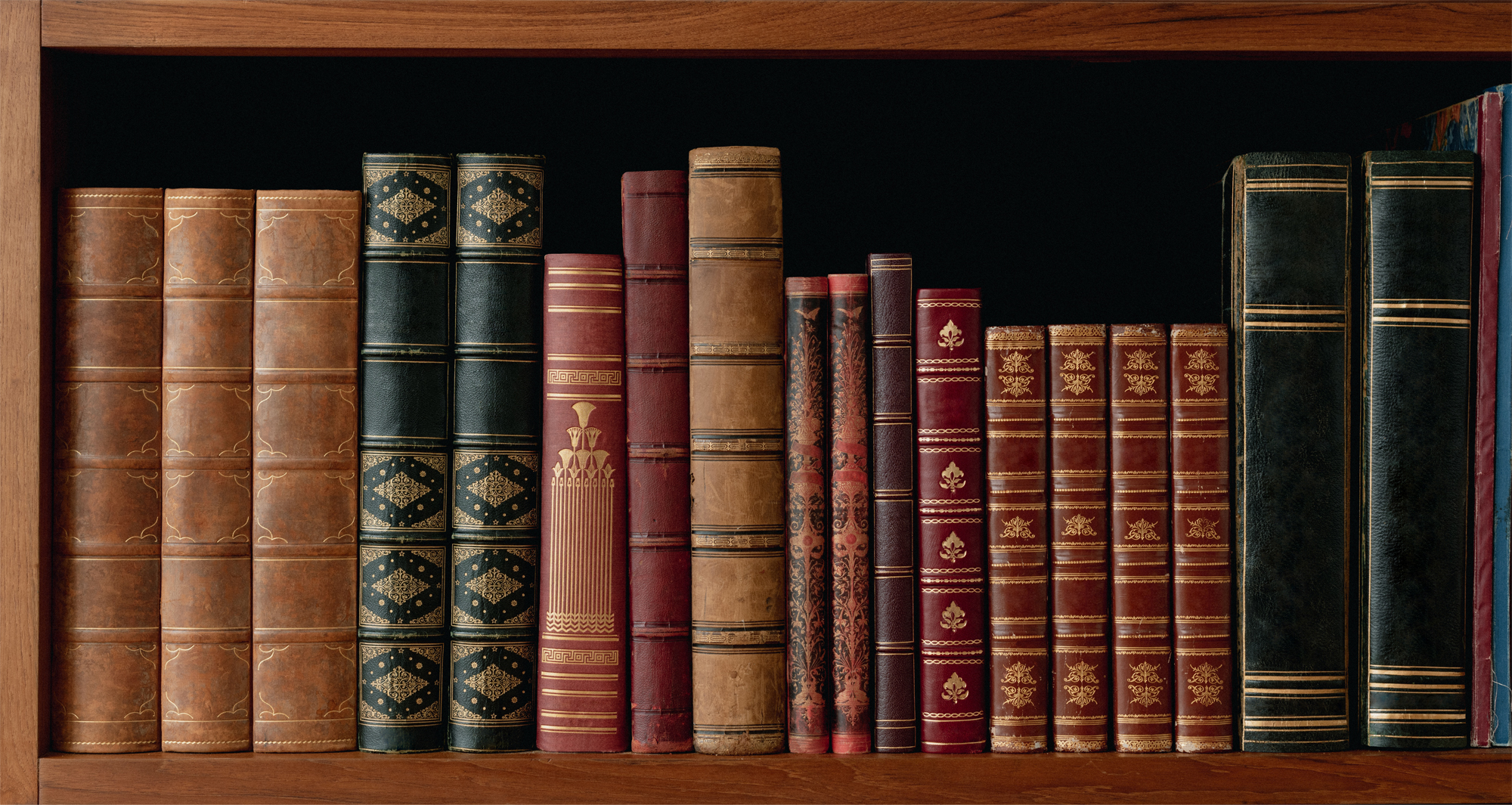Antique Decanters
Decanting history
 When was wine first decanted? Did the Greeks and Romans pour their wine from amphora into a smaller vessel to then be served at table? Certainly in this country in the seventeenth century glass vessels for wine were imported from Italy and towards the end of the century glass serving bottles and decanter jugs were being produced by George Ravenscroft.
When was wine first decanted? Did the Greeks and Romans pour their wine from amphora into a smaller vessel to then be served at table? Certainly in this country in the seventeenth century glass vessels for wine were imported from Italy and towards the end of the century glass serving bottles and decanter jugs were being produced by George Ravenscroft.
During the early part of the eighteenth century some serving bottles were still produced, but few in number. Most wine containers were green glass wine bottles, often with the owners initials, name and a date applied as a glass seal to the body of the bottle and presumably wine was poured straight from these bottles.
Not until the mid eighteenth century do decanters as we know them become more plentiful, being used for everything from wine to ale and beer. We know this from the splendid series of “labelled” decanters, which were wheel engraved with the name of the contents within a cartouche.
The shapes evolved from the early shaft and globe type to mallet forms and through to elegant shouldered, tapered and club forms. These latter shapes were often decorated with delicate cutting and engraving.
Towards the end of the eighteenth century we encounter another type of “labelled” decanter in sets of three or four. These spirit decanters were coloured blue or green and, more rarely, amethyst or clear with gilded labels for rum, brandy and hollands.
By the beginning of the nineteenth century decanters were being produced in enormous quantities, judging by the numbers that survive today. They were being produced in all sizes; small for spirits, regular for ports and sherries and magnums or larger for wine (or just for show). They ranged from the perfectly plain, three ringed decanter with bullseye stopper through simple cut forms to the most complicated patterns and designs imaginable.
From about 1830 into the early Victorian era the cutting became less intricate and by the mid century shapes reverted to a form of the old shaft and globe, often with hollow or lapidary stoppers. Engraving also reappeared as a decoration and towards the end of the century etching was also used. At about this time the tantalus made its appearance with the usual three square decanters in their lockable stand.
Claret jugs appear from 1800 onwards, basically a decanter with handle and pouring lip, they were certainly not just used for claret as examples exist with gilt port and sherry labels.
Ships decanters with a very broad base and of conical shape were made from the late eighteenth century onwards but by the virtue of the numbers surviving could not have all been used on ships, but must have been a fashionable item.
With the advent of the twentieth century few innovations occurred and most decanters were merely poorly shaped and finished copies of the earlier designs, becoming rather clumsy and debased compared to their elegant predecessors.
To see a selection of antique decanters that are for sale on this web site, please click here


